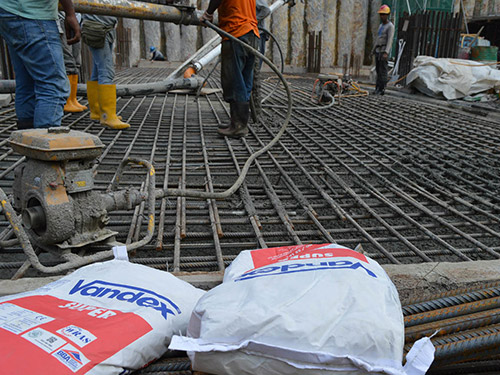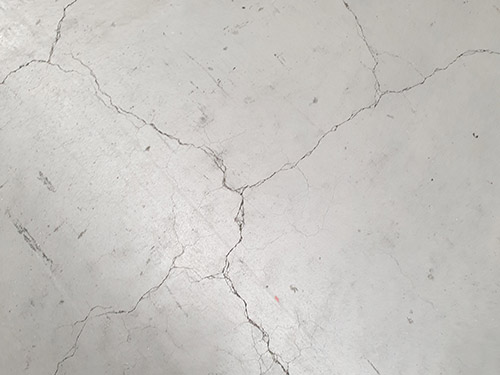
 |
Need Support? |
 Concrete, Waterproofing and Roofing, Infrastructure
The 5 Main Benefits of Crystalline Waterproofing
Concrete, Waterproofing and Roofing, Infrastructure
The 5 Main Benefits of Crystalline Waterproofing
Crystalline waterproofing is a process where the active ingredients in a crystalline product react with the free lime and moisture in the concrete to form crystals within the capillary...
 Concrete
A Beginner’s Guide to Managing Cracks in Concrete
Concrete
A Beginner’s Guide to Managing Cracks in Concrete
Cracks in concrete are a common sight. While some cracks are inevitable and not of great concern, some are signs of a larger underlying issue. We explore the three main reasons...
